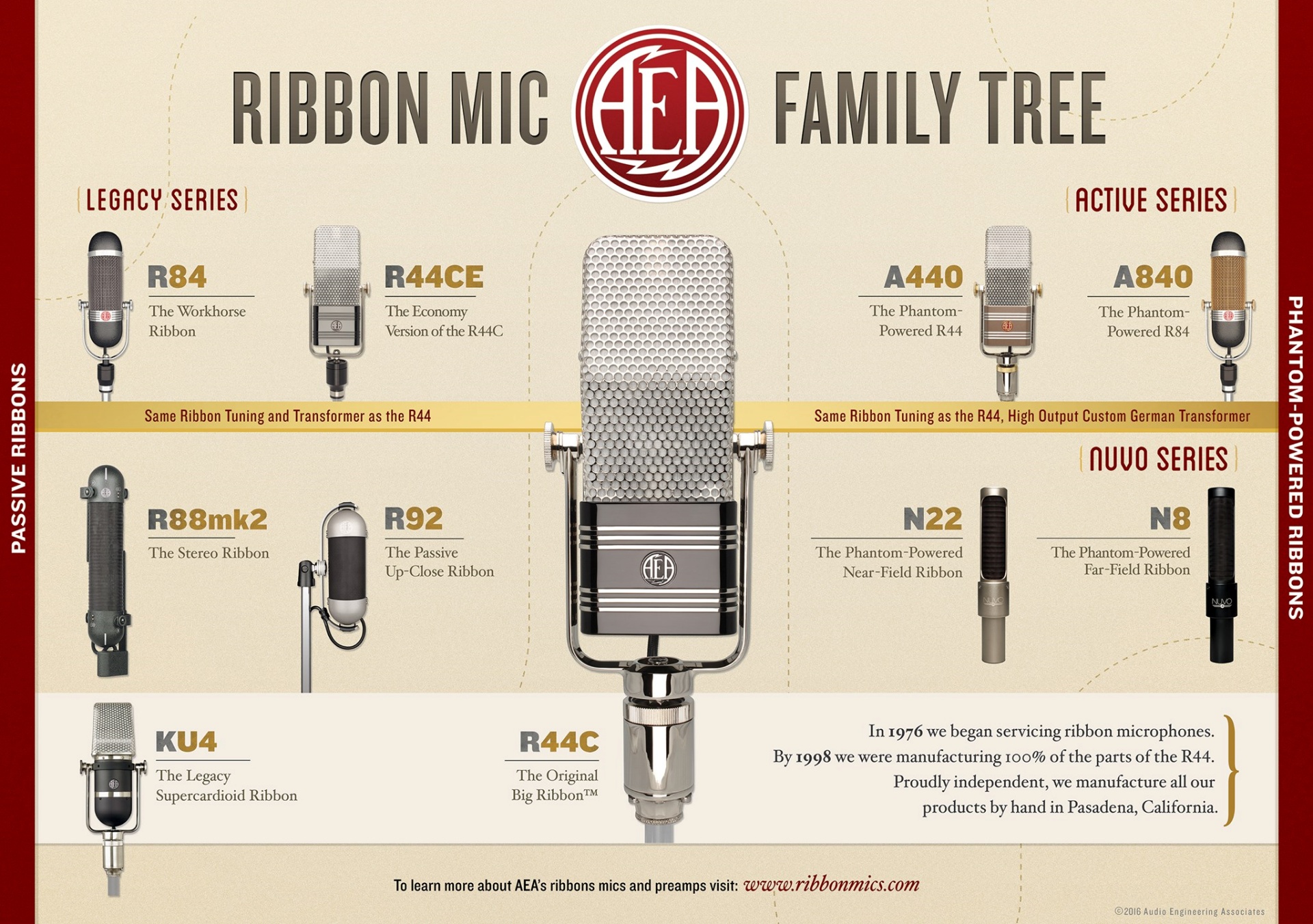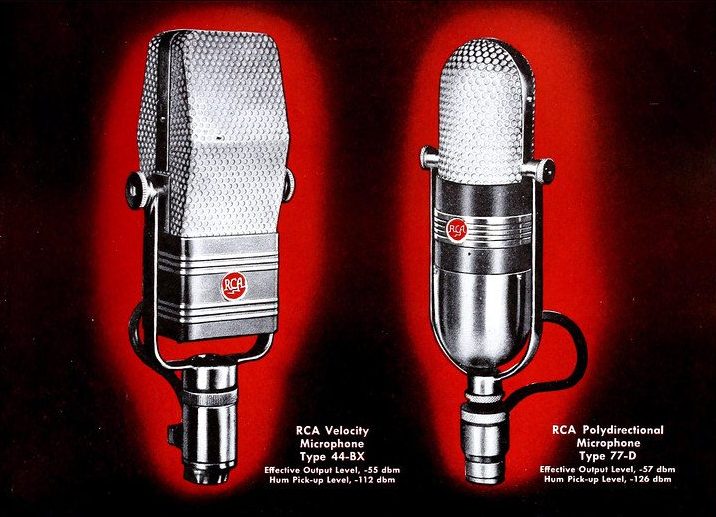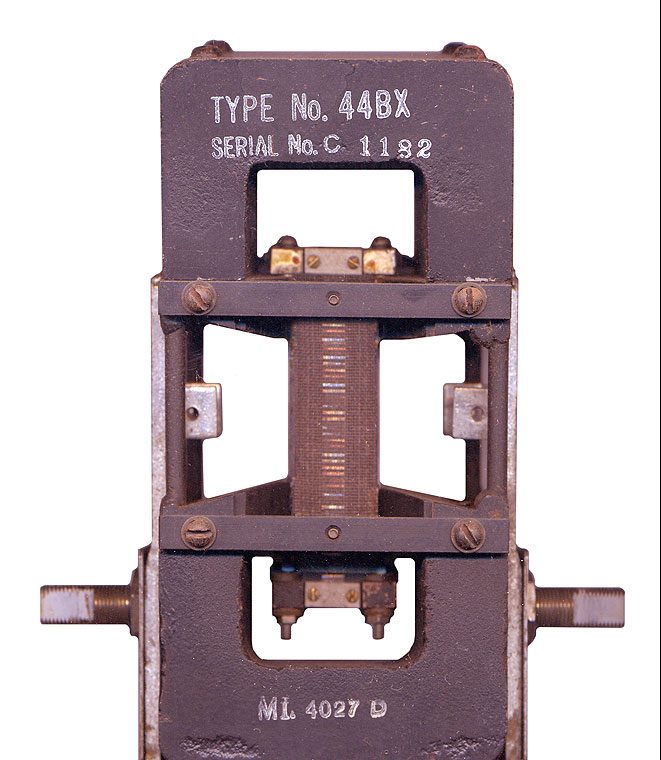The Ribbon’s Sound: A Weakness and Their Greatest Strength
The magical warmth we all relate to classic, old recordings is a testament to the sound and response of those early ribbon microphones. Their inherent high-frequency roll-off and gentle taming of upper frequencies gave recordings a smooth texture that seemed natural to the human ear.
However, many other factors contributed to this sound. From the 1930s through much of the 20th century, recording involved a complex chain of analog—often tube—based equipment. Tape machines, mixing consoles, compressors, and even the vinyl records music was played on all added their own layer of warmth.
The sound is iconic today, but there was a definite need for more clarity and detail. Sound engineers wanted a microphone that could cut through and overcome the sonic limitations of the era’s signal chains.
Additionally, older ribbon mics were passive, requiring specialized preamps with a tremendous amount of gain to capture their optimal performance. Many consoles of the time didn’t offer enough output to drive them effectively, making ribbons seem noisy and dull-sounding. These factors, rather than inherent flaws, led to ribbon mics falling out of mainstream favor.
Changing Tides: The Rise of Condenser Microphones
The earliest condenser microphones lagged behind ribbons in frequency response but steadily evolved into the bright, full-sounding standard we use today. By the late 1950s and 1960s, their sound – sometimes even hyped in the high frequencies – gained popularity. This improvement was perfectly timed as rock and roll had taken over and demanded increased sonic energy and an emphasis on high-end.
Soon, condenser mics exploded in popularity, replacing ribbons in nearly every sound source and application. The ribbon mic seemed doomed to go the way of Hughes’ carbon mics.





